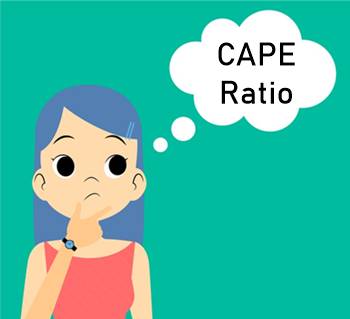
Gearing Ratio
What is the Gearing Ratio?
The Gearing ratio is one financial ratio that helps to compare some type of equity or Capital of the owner to funds borrowed by the company or their debts. To put it simply, gearing is metric that evaluates the financial leverage of the entity, describing the degree up to which the activities of a company get funded by the funds of shareholders versus funds of creditors.

This way, the gearing ratio is the measurement of financial leverage that showcases the degree up to which the operations of a company get funded by debt financing versus equity capital.
Explaining Gearing Ratios:
To explain gearing ratios in-depth, the below-mentioned formula is used:
- Debt-to-Equity Ratio = Total Debt / Total Equity
- Times Interest Earned = Earnings Before Interest & Taxes / Total Interest
- Equity Ratio = Equity / Assets
- Debt Ratio = Total Debt / Total Assets
If the gearing ratio is on the higher side, it demonstrates that the company has a high degree of financial leverage and could be susceptible to downturns in the business cycle and Economy. The reason behind this is that companies with high leverage generally have high debts in comparison to shareholders’’ equity.
Organizations with a high gearing ratio have high amounts of debt to service. On the other hand, organizations with lower gearing ratio have more equity. In a way, gearing ratios are necessary for both external and internal parties.
Financial institutes use this metric to decide whether they go ahead with issuing the loan or not. Along with that, loan agreements may need companies to function with certain rules and regulations in context with acceptable gearing ratio calculations.
On the contrary, internal management may use this ratio calculation to assess future leverage and cash flows.
Talk to our investment specialist
How to Use Gearing Ratios?
Let’s suppose that an organization has a debt ratio of 0.6. Despite this figure indicating the Financial Structure of the company; it is more important to benchmark this number against any other company that is operating in the same Industry.
For example, suppose that the debt ratio of the company last year was 0.3, the average in the industry is 0.8, and the main competitor of the company has this ratio of 0.9. Now, more valuable information can easily be derived from this comparing gearing ratios.
When the average ratio of the industry is 0.8, and the competitor is 0.9; a company that is doing 0.3 or 0.6 is fairly at a good stature in the industry.
All efforts have been made to ensure the information provided here is accurate. However, no guarantees are made regarding correctness of data. Please verify with scheme information document before making any investment.












